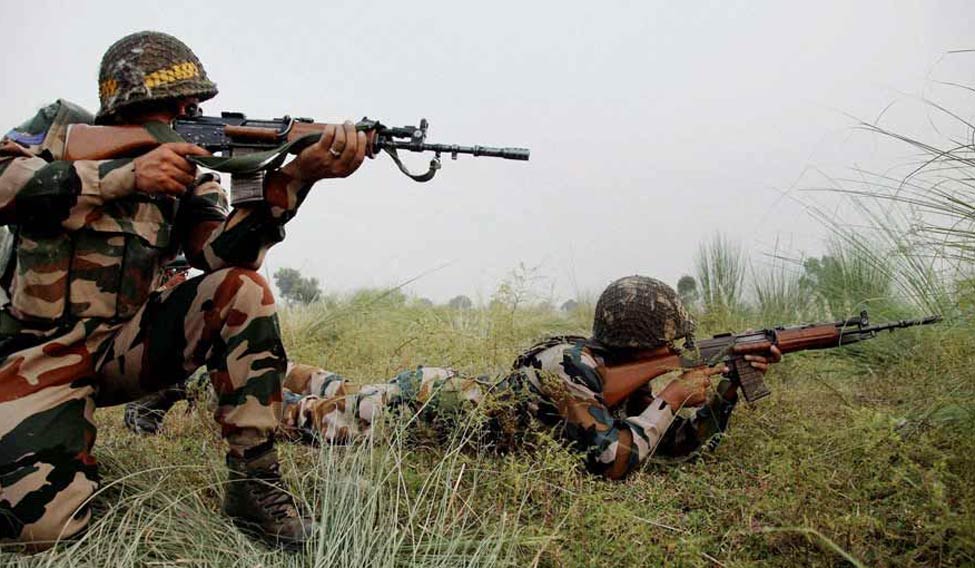What's the difference between the Line of Control and the Line of Actual Control (LAC)? One would think the difference simply lies in the fact that our soldiers are guarding two different borders. The first one defines the border with Pakistan in Jammu and Kashmir on the western frontier, while the second one demarcates India's international border with China.
But the nomenclatures has become a problem after the ministry of defence decided to treat soldiers who lose their lives on the two borders "differently".
The fact is that the enhanced "ex gratia given to next of kin of soldiers" who have lost their lives on LoC and LAC is different. The ex gratia amount for soldiers who die under various circumstances on the LoC or the international border is Rs 45 lakh. However, the families of those soldiers who lose their lives on the LAC get Rs 35 lakh.
"Both LoC and LAC are hard postings where the soldiers of the Indian army operate in rough and tough climates and deal with equally or more hostile neighbours," said an army official, who did not wish to be named.
Then how come the difference?
Sources in the army said that liberal death and disability benefits to armed forces personnel are guided by the government policy letters. In one such letter, way back in 2009, it was said that Liberalised Family Pension (LFP) benefits will be extended to soldiers on "international border or line of control". This was construed by the MoD as meant only for LoC and not for deployments on LAC.
"It appears to be a classic case of bureaucratic misinterpretation of a government order," sources said.
According to the government order, LFP is authorised in cases of accidental death/injury sustained due to natural calamities such as "avalanche, flood, landslide, cyclone, fire, lightning, drowning, while performing operational duties, movement against enemy forces or armed hostilities in operational area to include deployment along the international border or Line of Control (LoC)."
Such a "narrow interpretation" of the government order was decried by the army, which informed the MoD that the "interpretation of the order is wrong". More than 100 deaths have taken place strictly along LAC since 2010 and all such cases were rejected for LFP benefits.
As a result of this narrow interpretation, for nine long years, the policy has favoured next of kin of troops who die on LoC as compared to the LAC. "Isn't LAC covered under international border? What else should we call it? Or do we make a separate category?" argued an official.
The Liberalised Family Pension (LFP) gives "hundred per cent pension benefits" (100 per cent of the last drawn pay of a soldier) to the next of kin of the deceased soldier on the LoC. In contrast, soldiers who die along the LAC can only get the "special family pension", which gives 60 per cent of the pay to the next of kin of deceased.
The good news is that the MoD is reviewing its order on a war footing. And, this re-think is being credited to the new joint secretary of the MoD handling the particular issue. The interpretation of the order is under review at various stages and army officials are keeping their fingers crossed that the matter does not get lost in the nomenclatures and files this time.
The hundred odd families are waiting—and if the order finally accommodates all soldiers on the international borders, be it China or Pakistan—they may see it being implemented retrospectively.
But before that the government may want to make up its mind on what counts really and does it consider LoC and LAC different.
LoC is an "active border", no doubt, but lives of soldiers are equally precious on other international borders.





